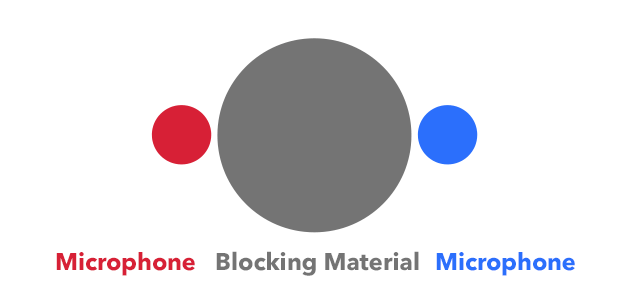
Afterwards, they self-recorded their moods and these subjective reports were added to the objective scores from their task performances. This double-blind study dished out audio tracks to subjects while they performed a boring cognitive task on the computer. Then came a landmark study published in 1998 in the respected journal Physiology and Behavior. The Breakthough: THETA entrainment and increased focus The problem here is that many of these studies were funded in part by companies who sell binaural beat technologies. While it’s agreed in the scientific community that this brain synchronization effect is authentic, and has been reproduced with many different frequencies, there’s not a lot of talk about the benefits beyond the “novelty effect.” Meanwhile, alternative medicine journals report a wide array of psychological and physical health benefits (see Huang 2008). This is where the A-list medical journals generally do not tread. So, in summary, the binaural beat effect entrains the brain’s electrical output and can possibly affect consciousness and cognition from the brain stem up. Natural occurrences of synchronization, when large sections of the brain are “on the same wavelength,” so to speak, are associated with high-end cognitive abilities, including self-awareness and deep meditative states. This ASSR, the brain’s relatively synchronized electrical output amongst several parts of the brain and caused by external stimuli, is the magic behind brain entrainment. When several areas of the brain show this binaural output for a length of time, it’s called a steady state, or more formally, an auditory steady state response (ASSR) (Schwarz 2005). For example, two sounds that cause the brain to produce a 10Hz tone basically mimic the brain’s own electrical output in this range, also called the ALPHA range, a frequency associated with relaxed but alert awareness. What’s more, many classic binaural beats can recreate known brain state frequencies. Prussian physicist Heinrich Wilhelm Dove discovered the binaural beat effect in 1839 But the beat doesn’t exist anywhere except inside your head.

This composite –the difference between the two original stimuli-will sound like a 10Hz beat. For example, if you hear a tone at 100Hz and another at 110Hz, the brain will recreate these tones in the brain stem at 105Hz, with a rising and falling amplitude at 10Hz. Let’s take a look at the different truth claims of brain entrainment before making a judgment.īinaural beats are imaginary sounds that the brain creates when two sounds at slightly different frequencies are heard in different ears. More precisely, the hype surrounding binaural beats for lucid dreaming is a confusing mixture of peer-reviewed science, some flawed research with dubious funding sources, and a dash of wishful thinking.

Unfortunately, the research behind using binaural beats to increase lucid dreaming is not so solid. This effect is called brain entrainment, and there’s some pretty solid research behind it. Many people use audio tracks to induce binaural beats in the brain.


 0 kommentar(er)
0 kommentar(er)
